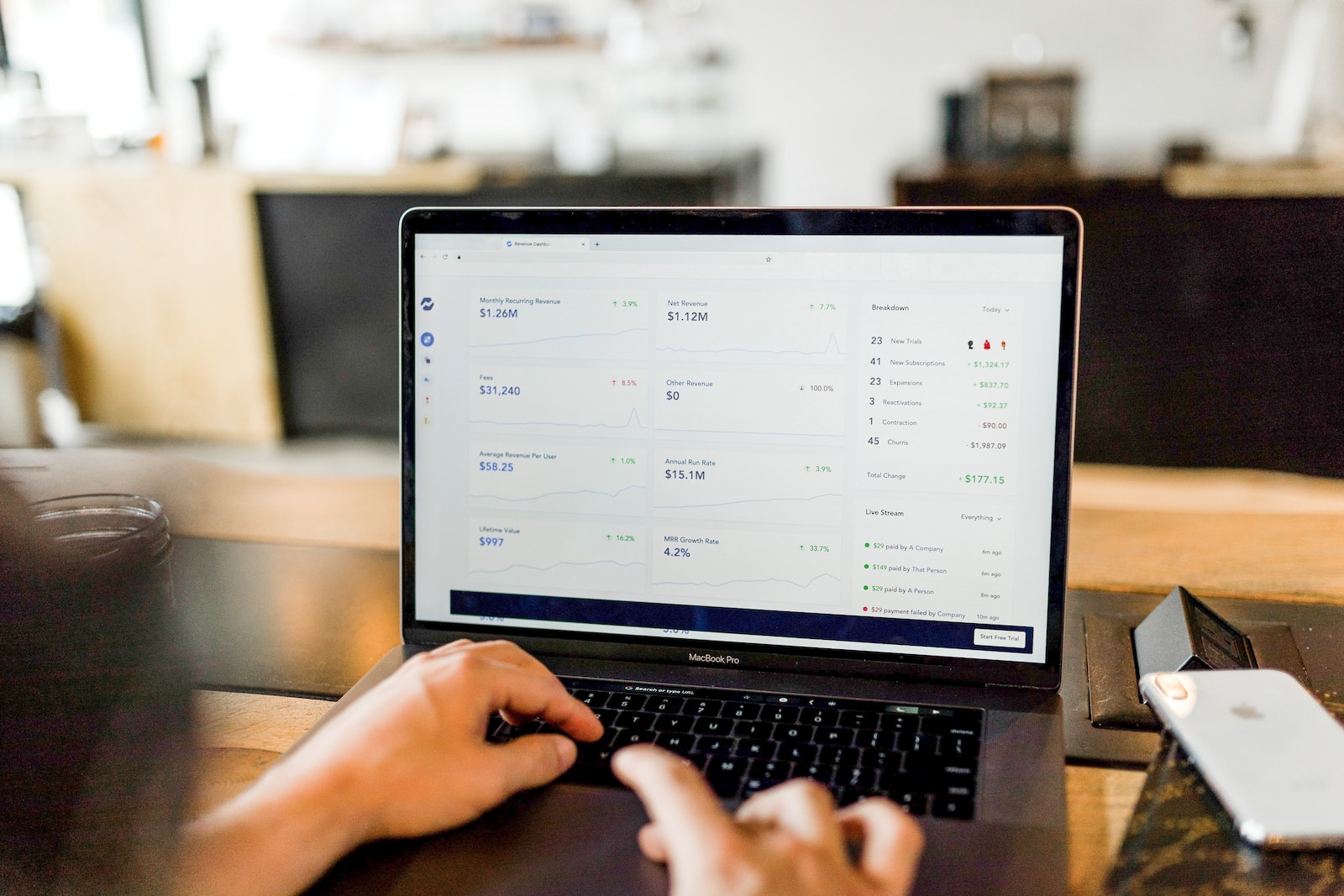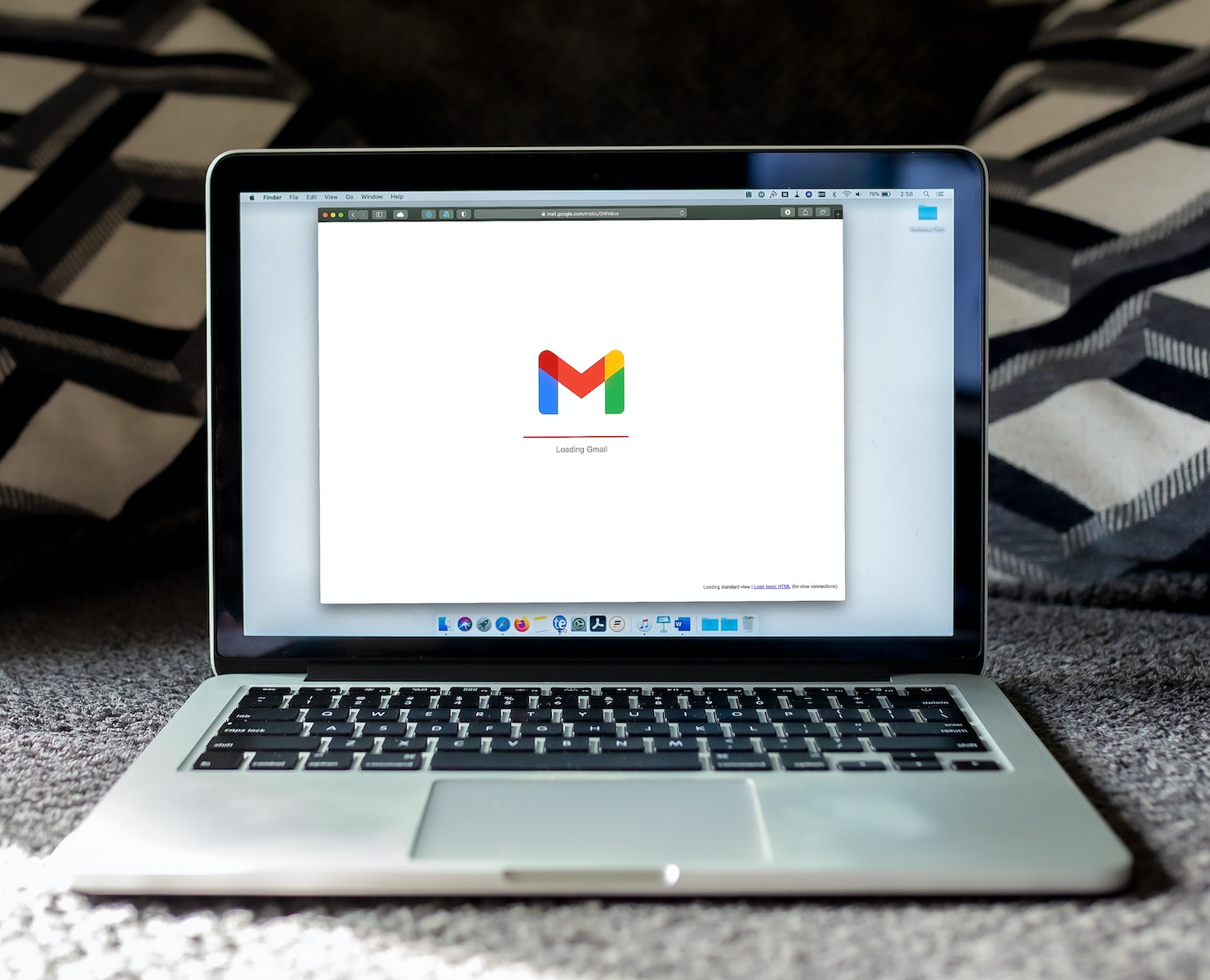Thedigital marketing has revolutionized the way businesses target their audience. It allows companies to identify, reach and interact with their customers in a more personalized way. However, location targeting has become a crucial part of digital marketing, especially for businesses with a local presence. This helps ensure businesses reach the right people at the right time and in the right place. In this blog post, we’ll dive deeper into how to optimize your location targeting to specific areas of your target audience. We’ll cover how to use data to identify your audience’s location, how to target specific locations, and how to adjust your marketing efforts based on your audience’s location.
Why geo-targeting is important for businesses
Geo-targeting is an important strategy businesses can use to optimize their marketing efforts. By tailoring your marketing message to specific geographies, you can reach the right audience and improve your conversion rates.
One of the main benefits of location targeting is that it allows you to focus your resources on areas where your potential customers are. For example, if you run a local business such as a restaurant or hair salon, you’ll want to focus your marketing efforts on people within a certain radius of your business. This way you can ensure that your marketing messages are seen by the people most likely to visit your business and make a purchase.
Another benefit of geo-targeting is that it can help you save money on your marketing campaigns. For example, if you run an e-commerce business that sells products worldwide, you might want to focus your marketing efforts on the countries or regions where your products are most popular. This will prevent you from wasting marketing resources on areas where your products are unlikely to sell.
Overall, geo-targeting is an important strategy businesses can use to optimize their marketing efforts. By focusing on specific geographies, you can improve your conversion rates, save money on your marketing campaigns, and reach the right audience for your business.
Defining your target audience and their location
One of the most important aspects of optimizing your location targeting is identifying your target audience and their location. This means that before you even begin your marketing efforts, you need to know who your ideal customer is and where they are.
There are different ways to define your target audience. You can start by conducting market research, analyzing your existing customer base and studying your competitors’ customers. Once you have identified your target audience, you can determine their geographic location.
For example, if you run a local cafe, your target audience will likely be people who live or work nearby. In this case, you’ll want to target your marketing efforts to people who live or work within a certain radius of your cafe.
On the other hand, if you are selling products online, your target audience may be spread across the country or even around the world. In this case, you’ll want to use tools like Google Analytics to determine where your website traffic is coming from and target your marketing efforts to those areas.
By defining your target audience and their location, you can optimize your marketing efforts and ensure you reach the right people in the right place. This will not only help you attract more customers, but also increase your conversion rates and ultimately generate more revenue for your business.
Understand the demographics and psychographics of your target audience
Understanding the demographics and psychographics of your target audience is key to optimizing geo-targeting . By understanding who your customers are, their interests, behaviors and buying habits, you can create targeted campaigns that resonate with them and improve your chances of converting them into loyal customers.
Demographics such as age, gender, income, education level, and occupation can give you a clear idea of the type of people who might be interested in your product or service. Psychography, on the other hand, helps you understand the values, beliefs and interests of your clients. These include factors such as lifestyle, personality, opinions and attitudes.
Once you have a good understanding of your audience, you can begin to segment them into smaller groups based on these demographic and psychographic factors, making it easier for you to tailor your marketing efforts to their specific needs and preferences.
For example, if you’re a local bakery specializing in vegan and gluten-free treats, you could target health-conscious millennials who are interested in sustainability and an ethical lifestyle. By understanding the values and interests of this group, you can create targeted campaigns that speak directly to them and improve your chances of converting them into loyal customers. Likewise, if you’re a luxury spa for high-income earners, you can focus your efforts on affluent baby boomers who prioritize self-care and wellness.
Overall, understanding the demographics and psychographics of your audience is key to optimizing your geo-targeting efforts and ensuring your message reaches the right people in the right places.
Choose specific areas to target within your audience’s geographic area
Selecting specific areas to target within your audience’s geographic area is a crucial step in optimizing your geo-targeting. This allows you to focus your marketing efforts on the areas most likely to drive conversions and ROI for your business.
To get started, you need to have a good understanding of your target audience, their interests, and the areas they are likely to reside in. You can then use this information to refine your location targeting to specific areas within their location.
For example, if you are a local bakery, you can target specific neighborhoods or zip codes where people are more likely to like sweets. This ensures that your marketing efforts are directed to the people most likely to be interested in your products and services.
Another way to optimize your location targeting is to use tools like Google Maps to identify areas with a high concentration of your target audience. You can then use this information to tailor your marketing campaigns to these specific areas.
Additionally, you can also use social media platforms such as Facebook and Instagram to target specific geographies within your audience’s geographic area. These platforms allow you to target users based on their location, interests, and behavior, ensuring that your marketing efforts are highly targeted and effective.
Overall, choosing specific areas to target within your audience’s geography is an effective way to optimize your geo-targeting and ensure that your marketing efforts generate maximum ROI for your business.
How to use geo-targeting tools to optimize your advertising efforts
Geo-targeting tools are extremely useful when it comes to optimizing your advertising efforts. They let you target specific areas based on a range of criteria, including location, demographics, interests, and more. This means you can create highly personalized campaigns tailored to the unique characteristics of your target audience, which can help boost engagement and drive more conversions.
One of the best ways to use geo-targeting tools is to identify the most concentrated areas of your target audience, then create campaigns specifically designed to engage those people. For example, if you’re a local business that sells products to a specific age group, you can use location targeting to focus your advertising efforts on areas where that demographic is most prevalent.
Another effective strategy is to use location targeting to target customers who are near your business. Using geofencing or similar technologies, you can create personalized campaigns that are triggered when customers enter a specific area of your business, such as a mall or downtown. This can be a great way to increase foot traffic and drive more sales to your physical site.
Ultimately, the key to successful geo-targeting is to be as specific and targeted as possible. By leveraging the power of these tools, you can create campaigns tailored to the unique needs and preferences of your ideal customers, which can help increase engagement and improve your bottom line.
Targeted content creation for specific locations
Creating targeted content for specific locations can be a game-changer for businesses looking to optimize their geo-targeting. By tailoring your content to specific areas, you can respond directly to the needs and interests of your target audience, which will help you relate more closely to them and ultimately drive more conversions.
To get started, you’ll need to research the specific areas you want to target. Find information on local trends, events, and news relevant to your business or industry. You can also use tools like Google Trends or social media listening tools to find out what users in these online areas are talking about.
Once you have a better understanding of what matters most to your target audience in each location, start creating content that directly addresses those interests. This can include blog posts, videos, infographics, or social media posts that highlight local events, share tips for navigating the area, or provide insight into unique challenges and opportunities unique to that region.
By creating content tailored to the needs and interests of specific areas of your target audience, you’ll be able to build stronger relationships with your customers and make your business a valuable resource within those communities. This can help you drive more traffic to your website, increase engagement with your brand, and ultimately generate more leads and sales.
How to use social media to target specific geographies
Social media can be a powerful tool for targeting specific geographies. Most social media platforms have advanced targeting features that allow you to reach people in specific locations, and even target people who have visited your business or attended your events.
To get started, you need to make sure you’ve set up your social media accounts with accurate geographic information. This includes adding your business address and selecting the areas you want to target.
Once you’ve set up your accounts, you can start creating targeted social media campaigns. For example, you can create a Facebook ad campaign that targets people living within a certain radius of your business. You can also target people who recently visited your business or attended an event.
You can also use social media to interact with people in specific geographies. For example, you can join local Facebook groups and participate in discussions. You can also use location-based hashtags on Twitter and Instagram to connect with people in your target areas.
Overall, using social media to target specific geographies can be an effective way to reach your target audience and drive more business to your local site.
Setting up geo-targeted campaigns on different advertising platforms
Setting up geo-targeted campaigns on different ad platforms is a great way to optimize your geo-targeting and reach specific areas of your target audience. There are several advertising platforms that allow you to set up geo-targeted campaigns, such as Google Ads , Facebook Ads and Instagram Ads.
To set up a geo-targeted campaign, you need to specify where you want your ads to appear. This can be a city, a state, or even a radius around a particular location. You can also exclude certain locations if you don’t want your ads to appear there.
Once you’ve set up your geo-targeted campaign, you can track its performance and make any necessary changes. For example, if you find that your ads are not performing well in a certain location, you can adjust your targeting settings to exclude that area or increase your bid for that area.
It’s important to remember that geo-targeting is only one aspect of a successful advertising campaign . You still need to focus on creating high-quality ads and targeting the right audience to maximize your results. By combining location targeting with other targeting options, such as demographics and interests, you can create a highly effective ad campaign that reaches the right people in the right places.
Measure the success of your geo-targeting efforts and make adjustments as needed
Measuring the success of your geo-targeting efforts is key to understanding whether your campaigns are effective or not. There are several key performance indicators (KPIs) you can use to track the success of your geo-targeting campaigns, such as click-through rates, conversion rates, and return on investment.
If you find that your campaigns aren’t delivering the results you expect, it’s important to make the necessary adjustments. This may involve changing your location targeting criteria, adjusting your ad copy or creative, or even revising your overall marketing strategy.
It’s also important to remember that geo-targeting is an ongoing process. Your target audience may change over time, and new opportunities may arise as your business grows and evolves. By regularly monitoring your geo-targeting efforts and making any necessary adjustments, you can ensure that your campaigns remain effective and relevant to your target audience.










